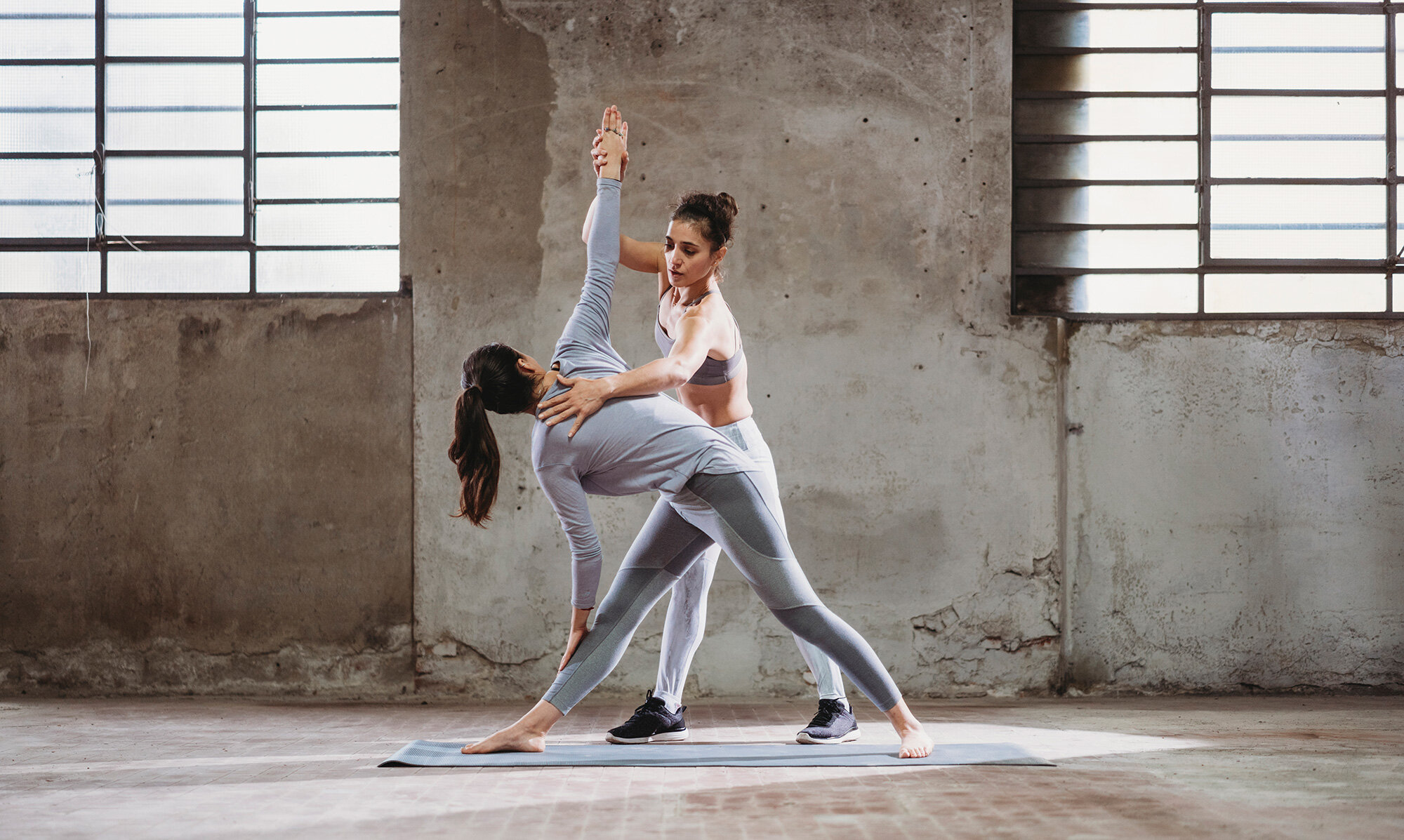I’m Kirsty,
a Pelvic Floor Health Practitioner, and I specialise in working with people just like you to say goodbye to the sneeze-wee for good!
Although my qualifications include:
Girls Gone Strong Pre- & Postnatal Coaching Certificate
Jessie Mundell’s Postnatal Fitness Specialist (pending)
Dr Sarah Duvall Pregnancy & Postpartum Corrective Exercise Specialist (pending)
The International Hypopressives Council Level One Certified Trainer
The International Hypopressives Council Level Two Certified Trainer
The International Hypopressives Council Level Three Certified Trainer
The International Hypopressives Council Certified Trainer
My real expertise comes from having helped people across the world deal with these problems, no matter what their age.
You can change your normal
So many people think they have to put up with living with the embarrassment, pain and discomfort that a problem pelvic floor can bring.
You don’t have to:
feel embarrassed because your bladder leaks
feel ashamed of your body and the way things feel inside
accept that a weak core and poor pelvic floor health is just what you have to live with
Your body is a wonderful and powerful thing. It has created LIFE.
Imagine how your life would be if you could:
ditch the incontinence pads
run round after your children and grandchildren without worrying you’ll wet yourself
live life feeling confident in your body and proud that it birthed your babies, instead of feeling embarrassed about your prolapse
The good news is you can have all of this.
You just need to get in touch with me today.

Go deeper with expert guidance in our 1:1 Hypopressives coaching
What is Pelvic Floor Dysfunction?
Incontinence
1 in 3 people will experience urinary incontinence after having a baby, and it is estimated that 33% of women aged 41 - 64 will be incontinent.
Incontinence does not mean a full loss of control each time. It can vary from leaking every now and then when you sneeze, to a complete loss of control with no warning.
There are two ways that incontinence is brought on; when the pelvic floor is put under stress or with an urge. It is common for people to suffer with a mix of the two, rather than one exclusively.
Urge incontinence occurs when you have a sudden urge to pee, with little or no warning.
Examples of stress incontinence are:
coughing
sneezing
laughing
exercise (running, jumping, weights)
Pelvic Organ Prolapse
Prolapses occur when one or more of the pelvic organs drop down from their usual place and bulge into and sometimes out of the vagina.
Contributory factors include pregnancy, hormone changes, giving birth, heavy weightlifting, and weakening or loosening of the pelvic floor muscles.
It is estimated that 50% of all postpartum people will experience a degree of prolapse.
Common types of prolapse include:
Cystocele (bladder)
Rectocele (rectum)
Uterine (uterus)
Enterocele (small intestine)
It is not always the case that someone will suffer exclusively with one type of prolapse.
People can also be asymptomatic with their symptoms, and not necessarily be aware that they have a problem until it is more prevalent.
Diastasis Recti
During pregnancy, people will experience a degree of abdominal separation.
This is where the connective tissue (the Linea Alba), which connects your six pack muscles (the Rectus Abdominis) separates to accommodate a growing baby and uterus.
Mostly, this will heal in the weeks following birth. When the separation does not heal, problems can occur which will last years after birth took place.
Common signs of Diastasis:
Bulging, coning or doming when performing a crunch or a plank
Abdomen retains a “pregnant” look or shape
Pain in the lower back or front of pelvis
Weak core muscles that exercise does not improve
Incontinence when your pelvic floor is under pressure i.e. sneezing

